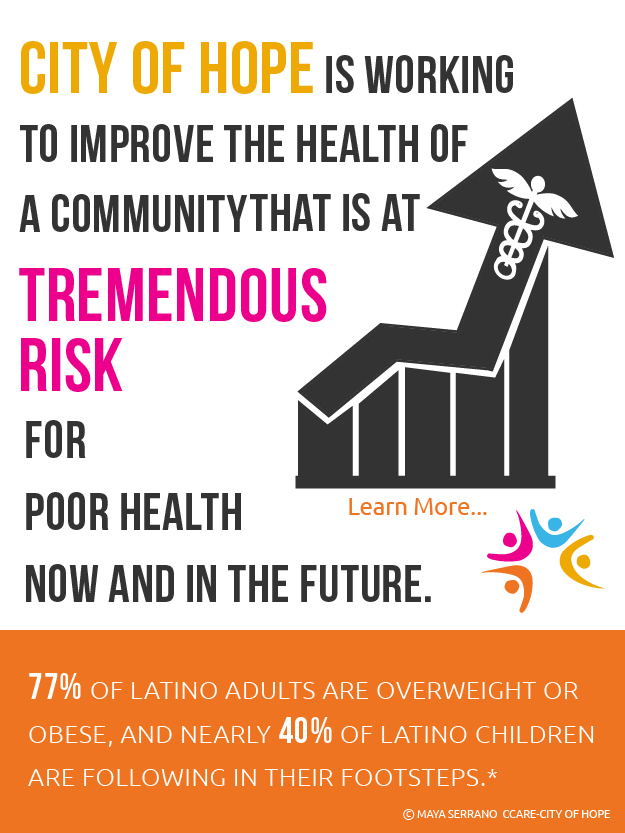
5 Ways Teens Can Get More Fruits and Vegetables Into Their Diets
04/05/2021 06:00AM | 2650 viewsA new study found that high school students aren’t getting enough produce.
If you’ve been watching your teenager devour processed foods like potato chips, chicken nuggets or sugary cereals and drinks, you are not alone. Comfort food has been especially alluring during the pandemic, for parents and kids alike.
But according to a report released Thursday by the Centers for Disease Control and Prevention, this has been a problem for teens long before the pandemic: Most teenagers in the United States have not been eating enough fruits and vegetables.
Dietary guidelines from the U.S. Department of Agriculture recommend that girls 14 to 18 years old should eat at least 1.5 cups of fruit and 2.5 cups of vegetables each day and boys in the same age range should eat at least 2 cups of fruit and 3 cups of vegetables. But the new report, which presented survey data from more than 13,000 high school students across the country, found that in 2017, only about 7 percent of the students met the daily recommendations for fruit, and just 2 percent met the recommendations for vegetables.
“It’s really insufficient across all groups,” said Samantha J. Lange, a research fellow at the C.D.C. and the lead author of the study.
Those percentages might even be lower, the researchers added, because the students may have overestimated the amount of fruits and vegetables that they actually ate. And of course the findings do not account for the ways eating habits may have changed in the pandemic, when many people have reported weight gain.
The findings build on the conclusions of a similar study performed in 2013, which reported consistent results. Certain barriers to healthy eating, like the abundance of inexpensive and unhealthy food options in certain areas, could be major contributors to the trend, the study authors noted.
But now that families are spending more time at home together, there are fresh opportunities to get on track with a healthier diet. Here are five tips from nutrition experts.
Get the Well Family Newsletter: Get the latest news on issues including kids’ health, homework, adolescent development, college, relationships and more.
1. Find fruits and veggies that fit your budget.
Money has been tight for many families during the pandemic, and it can be expensive to buy enough fresh fruits and vegetables to keep kids fueled. But there are ways to provide nutritious foods while also sticking to your budget.
Frozen fruits and vegetables can be a “nutritionally sound alternative” to more expensive fresh produce, said Dr. Steven Abrams, chair of the committee on nutrition at the American Academy of Pediatrics and a professor of pediatrics at Dell Medical School at the University of Texas at Austin.
Buying organic food, which tends to cost more than conventional food, is not essential, he added.
In 2012, the A.A.P. published a clinical report that said that diets rich in organic produce, dairy products and meats might lower your exposure to pesticides and potentially drug-resistant bacteria, but there’s no evidence to suggest that organic foods provide more nutritional benefits than conventional foods.
“What’s most important is that children eat a healthy diet rich in fruits, vegetables, whole grains and low-fat or fat-free dairy products, whether those are conventional or organic foods,” one of the report’s lead authors said in a news release at the time.
You can also save money by buying fruits and vegetables in bulk. A three-pound bag of organic Gala apples at a Whole Foods in Brooklyn, for instance, costs $4.99. If you bought that same amount of apples individually, it would cost about $7.50.
Vanessa Rissetto, a registered dietitian and acting director of the dietetic internship program at New York University, also suggested other money-saving tips: Sharing a community-supported agriculture (C.S.A.) membership with another family can be cheaper than purchasing one yourself. Or you can buy fruits and vegetables from companies that offer “ugly” organic produce at a deep discount.
Finally, even if your child isn’t attending school in person, check to see if their school is still providing school lunches, which are required to include fruits and vegetables, said Diane Harris, a lead health scientist at the C.D.C. and one of the study authors.
2. Provide healthy options within reach.
Keeping plenty of easy-to-access fruit and vegetable options within your home can improve the odds that your teenager will choose nutritious foods to munch on, the experts said.
“Teens tend to be hungry and are often scavenging for food around the kitchen and pantry,” said Dr. Natalie D. Muth, a pediatrician and nutritionist in Carlsbad, Calif. “If the fruits and vegetables are easy to access, they might choose to snack on them. This especially works if there aren’t a lot of other processed snack foods easily accessible.”
Before she goes to work each day, Dr. Muth cuts up a persimmon (her 12-year-old son’s favorite fruit) and leaves it on her kitchen island. “Without fail he eats it if I leave it out,” she said.
You can also assemble a veggie tray with hummus as an afternoon snack, keep a bowl of fruit on the dining room table, or even fill a special snack drawer with dried fruits or homemade kale chips.
It’s helpful to keep easy-to-reheat meal options — like individual servings of soup or chili, loaded with veggies — on hand in the freezer.
3. Find creative ways to add fruits or veggies to your kid’s favorite meals (and yours, too).
Incorporating fruits and vegetables into every meal is easier than you might think. For the veggies, aim to include a variety of colorful ones, which will offer the widest range of healthy fiber, nutrients and vitamins.
When it’s time for breakfast, consider making a smoothie with fresh or frozen berries, plain yogurt and kale. If you typically make oatmeal, add bananas, berries or raisins. When scrambling eggs, toss in some chopped spinach.
If your family eats sandwiches for lunch, try adding tomato and spinach. And if pepperoni pizza is a staple dinner in your home, load it with vegetables, like diced bell peppers or broccoli.
When you practice healthy eating habits yourself, Ms. Lange said, your teenager will notice and may start to emulate them.
4. Make meal planning a family affair.
Before you grocery shop, the experts suggested talking with your teens about which fruits and vegetables they prefer to eat. Their voice is important, and if they feel like they have some ownership over the process they might be more likely to choose healthier options when deciding what to eat.
Kids are also more likely to take an interest in meals that they had a part in creating, the experts said, so consider asking your teenager to be in charge of making dinner for the family for one night per week.
“It’s a great time for teens to learn basic cooking skills,” Dr. Muth said.
Your teenager can choose whatever the dinner is, as long as it meets the requirement of a protein source; a whole grain; and two vegetables or a fruit and vegetable serving, she added.
You may also try asking them to prepare one vegetable dish, like a salad, each night for dinner, Ms. Rissetto said, adding that if they get used to seeing vegetables on their plates, they may not be so averse to eating them.
5. Teach your teen about the many benefits of healthy eating.
Remote learning, the isolation of quarantine and the uncertainty of the pandemic have been especially challenging for teenagers. Research suggeststhat consuming healthy foods, including fruits and vegetables, can help reduce anxiety and improve mood. Emphasizing this to your teenagers might provide a compelling reason for them to switch up their diet.
See if your teenager is interested in setting a goal to eat more healthfully this year. This might help them feel more energetic, less anxious or even perform better at a favorite sport. Start small, Dr. Muth said. If they haven’t been eating any fruits or vegetables, for instance, perhaps begin by including just one fruit or vegetable at each meal.
And remind your teen that foods high in added sugar or empty calories won’t help them look or feel their best, Dr. Abrams said. “Fruits and vegetables will give them fullness and provide lots of micronutrients for growth,” he added.
Some teenagers may also be swayed by the fact that diets rich in fruits and vegetables are thought to be more environmentally sustainable than those centered around meat, Dr. Abrams said.
“I think the important thing is to win the hearts and minds of teenagers,” he said.












Post your Comment
Please login or sign up to comment
Comments